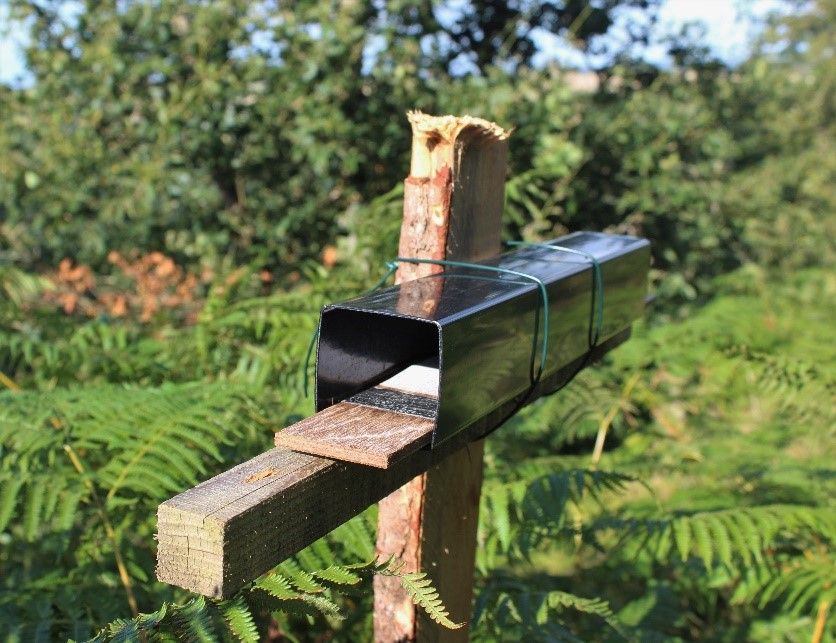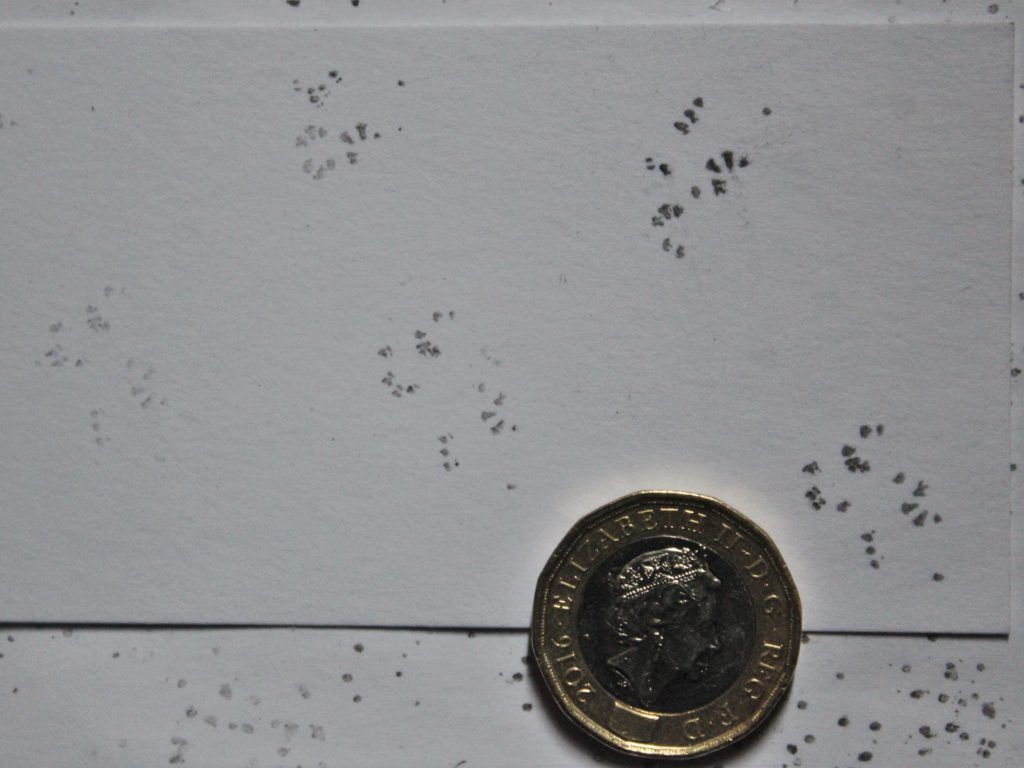Clearing a woodland of diseased trees has created great new habitat for dormice.
A project at Fingle Woods
A woodland conservation scheme that PTES is funding in partnership with the Heritage Lottery Fund is making new discoveries about how dormice colonise recovering habitat.
The project is located in Fingle Woods, a site jointly owned by the National Trust and Woodland Trust, in the north of Dartmoor in Devon. Its origins date back seven years to when some 15 hectares of diseased plantation larch trees had to be clear-felled.
Brambles, bracken and other scrubby vegetation have gradually established themselves in the space, according to the project lead Matt Parkins, and this new habitat is proving to be very popular with the area’s dormice.
“We are very pleased with this new habitat,” Parkins says. “There are some unconnected woodland fragments, but what joins them up is this scrubby mass of dense brambles and bracken with some birch and willow. It’s almost impossible for a person to walk through there, giving great protection for small mammals and birds.”
Helping landowners and wildlife
Dormice are usually associated with old coppice woodland, but Parkins believes they can adapt to different environments as long as there is sufficient food, nesting material and connectivity between different areas so they can move about undisturbed. In areas where connectivity within the Fingle Woods project site is poor, there are almost no signs of dormice.
In general, the dormice are mostly recorded around food sources. For example, through July of 2020, there was a big cluster of activity in those areas where fruiting rowans and young birch trees (a source of aphids) were growing. Brambles are a food source slightly later in the year as their blackberries start to fruit.
It’s hoped the discoveries being made at Fingle Woods can be used to help other landowners manage their woods for wildlife. Parkins says what’s good for dormice has also benefited birds such as blackcaps and tree pipits.
Another novel aspect of the work is the use of footprint tunnels, in addition to nest boxes, to monitor the dormice. They provide “instant snapshots” of where they have been during the past week or two, while nestboxes give a picture over a longer period such as a whole season.
Written by James Fair, editor of Wildlife World magazine.


